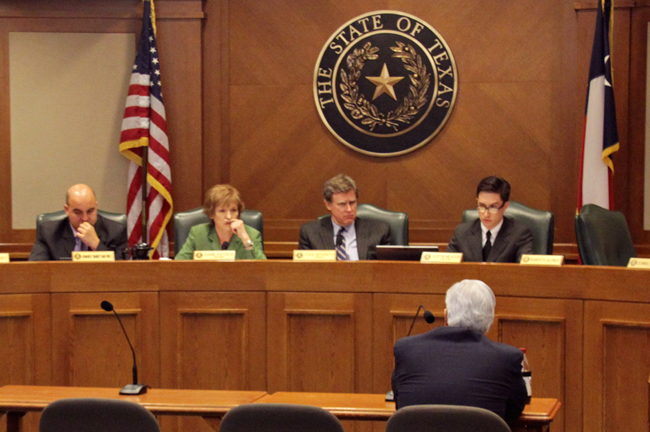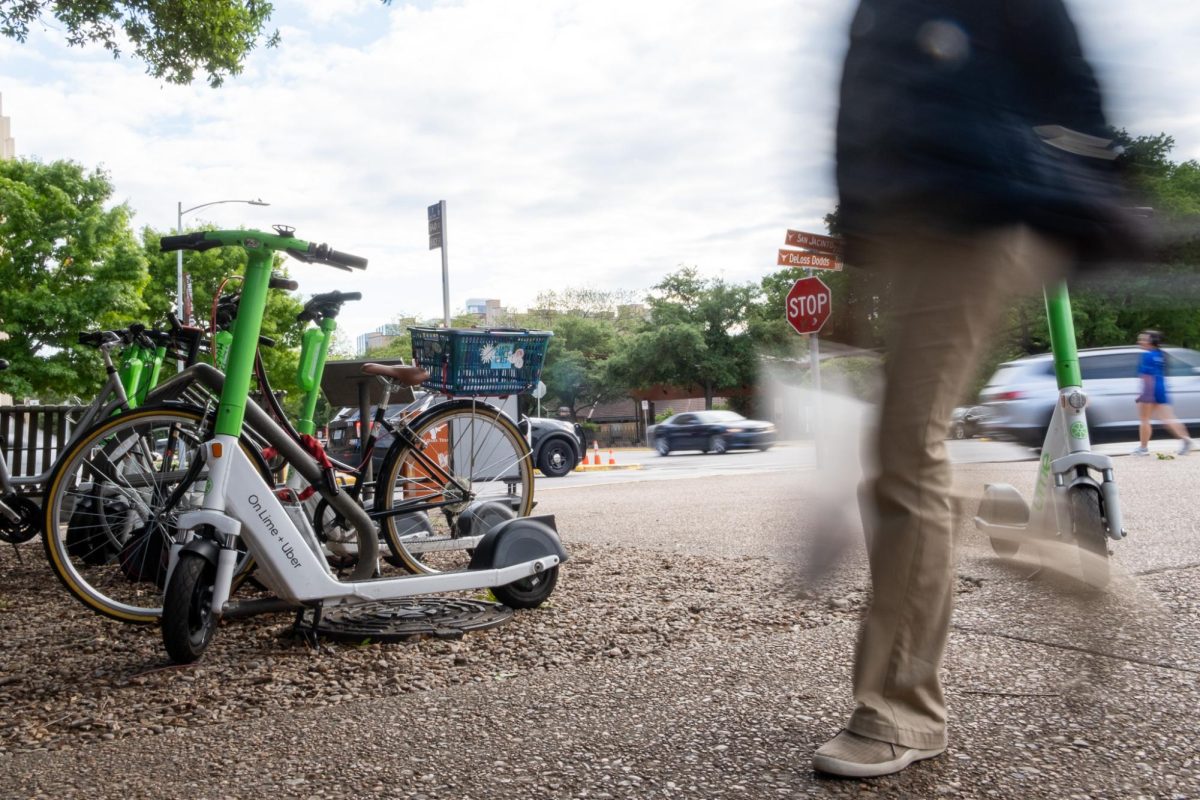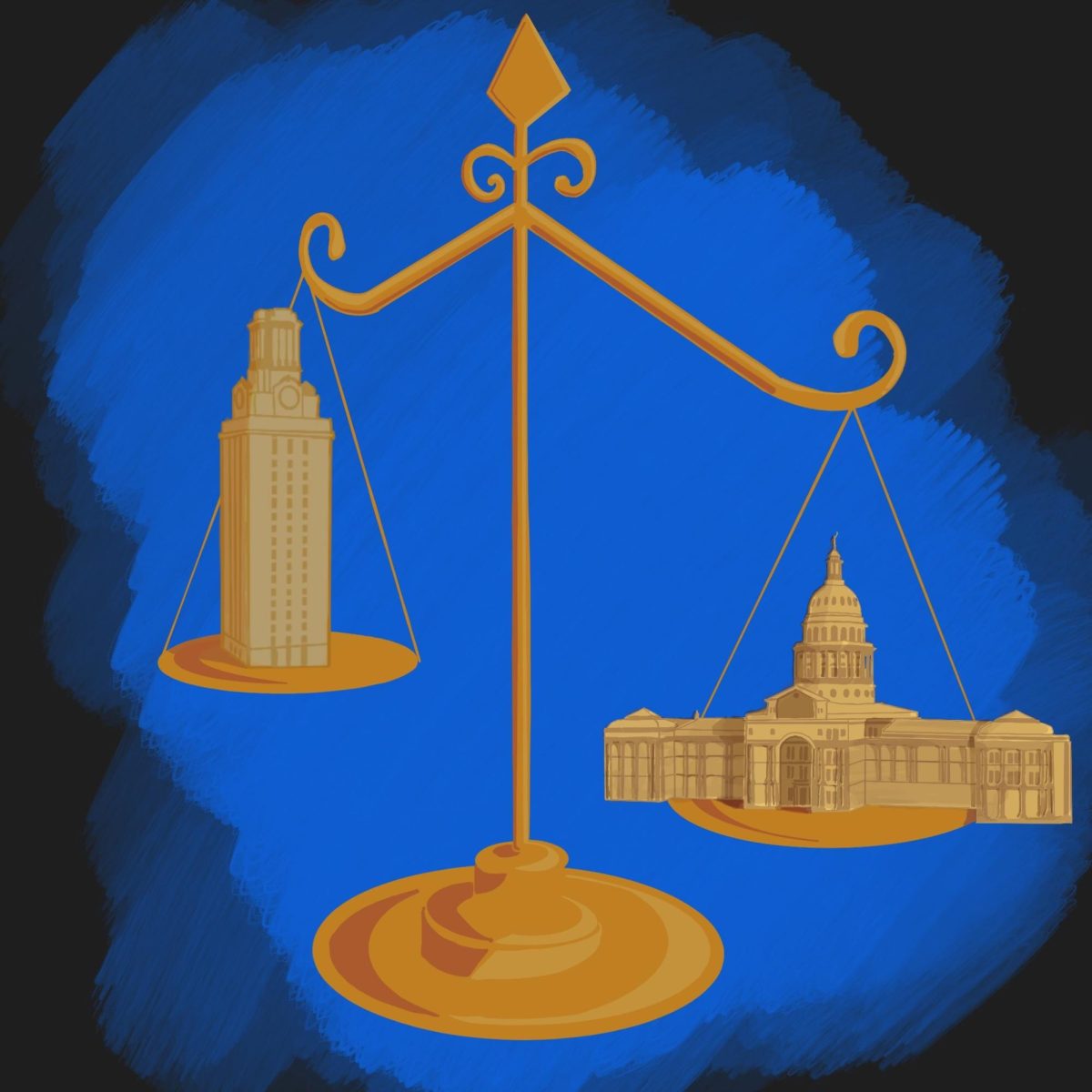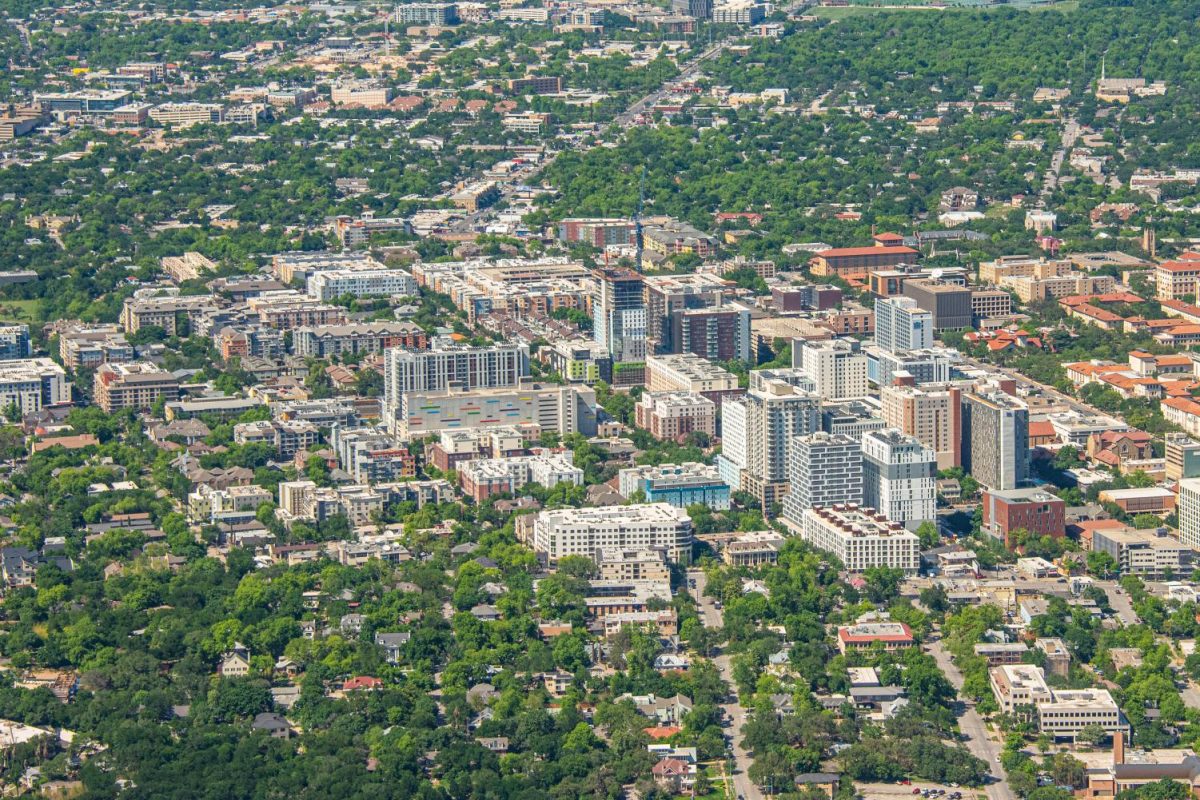While Texas is currently on track to reach targets intended to improve higher education in the state, some hurdles remain.
The Texas Higher Education Coordinating Board is the state agency charged with overseeing Texas’ higher education policy. In 2000 the coordinating board enacted Closing The Gaps by 2015, a plan for Texas higher education institutions to reach measurable goals to put the state on par with the rest of the country. The goals include increasing enrollment, undergraduate degrees, federal research funds and the national reputation of Texas’ higher education institutions.
Board commissioner Raymund Paredes told the House Higher Education Committee on Wednesday that the state’s higher educational system is not improving at a fast enough rate.
“In terms of public higher education in Texas, we’re getting better, we’re not getting better fast enough,” Paredes said.
The state aimed to enroll an additional 630,000 students in higher education institutions by 2015. As of 2012, Texas higher education institutions had enrolled 540,546 more students than in 2000, according to Paredes’ presentation.
Paredes said this number was above the coordinating board’s target for 2012 but that growth of enrollment has slowed within the past few years. Paredes said the national discussion questioning the value of a college degree and a state law requiring students to receive bacterial meningitis vaccinations may deter potential students from enrolling.
According to Paredes, enrollment of Hispanic and African-American students in state higher education institutions have about doubled since 2000.
Part of the initiative is to increase research funding that Texas universities receive from the federal government. Paredes said the state currently receives 5.9 percent of the federal government’s university research fund budget — sixth behind Massachusetts, Maryland, Pennsylvania, New York and California — which is short of the 6.5 percent it hopes to reach.
“We still have a long way to go to be where we want to be,” Paredes said.
Paredes said the state is on track to meet its goal of awarding 210,000 undergraduate degrees or more annually by 2015, as it has awarded 196,561 as of 2012.
“We can enroll as many students as we possibly can, but if they don’t complete their credentials we haven’t accomplished much,” Paredes said.
There were also large increases in minority student graduations, as Hispanic and African-American students received 149 percent and 92 percent more degrees than in 2000.
State Rep. Dan Branch, R-Dallas and committee chairman, said Texas has the opportunity to take the lead in a national economy that has transitioned from an industrial economy to a knowledge-driven economy.
“Will Texas thrive in a knowledge economy the way that Pennsylvania and Michigan thrived during the industrial age … or will we fall back in a knowledge economy — as some of our sisters have that were once mighty economic engines but [are] now no longer?” Branch said.
Printed on Thursday, February 14, 2013 as: Hurdles remain for Higher ed



















